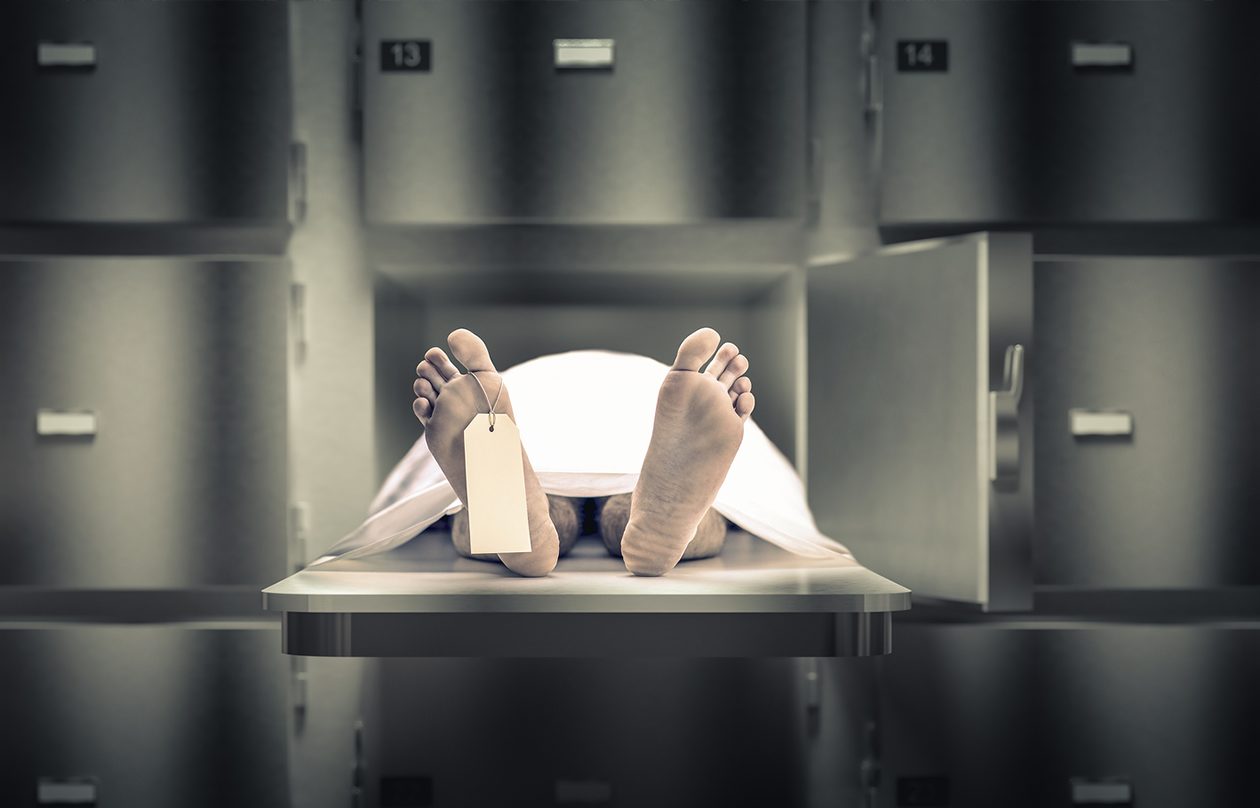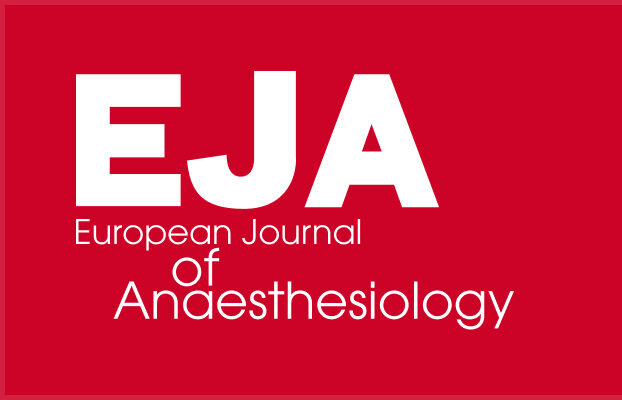Newsletter 2020
Do we need to know more about our (dead) patients?
 Gabriel M. Gurman, MD.
Gabriel M. Gurman, MD.
Editor-in-chief
gurman@bgu.ac.il
I still remember those days during my medical studies, many years ago, when we used to spend half a day every week in the autopsy room of the department of pathology, to learn how to use this postmortem method of investigation to improve the quality of our clinical activity, by increasing the rate of correct diagnosis. Very often we were accompanied there by our clinical teacher, who knew the diagnosis of the dead patient, compared the autopsy results with the data from the patient’s chart, and tried to explain possible mistakes of the clinical staff regarding the true cause of death and/or the presence of any accompanying disease.
Years later, as a young specialist in anaesthesia and critical care, together with my peers, I always tried to make myself free and go to the autopsy room anytime one of our patients died in the intensive therapy unit. I learned a lot from this usual (at that time) activity.
I learned even more from the clinical-pathological conferences, where the physician in charge of the deceased patient presented his/her conclusions regarding the cause of death, and the pathologist confirmed or disproved it.
As some studies showed, the percentage of misdiagnosis, revealed by autopsy, is around 30% (1). Another study showed that 61 autopsies discovered no less than 81 misdiagnoses (2). That study proved that in 47 cases if the true cause of the disease could be correctly diagnosed before death, it might have resulted in cure or prolonged survival.
At that time, everybody was aware of the important scopes of the autopsy, as they were recently reviewed (3): confirm or disprove diagnosis, assessment of the effects of treatment and illustration of the relentless advance of the disease.
To those, one has to add the utmost importance of the autopsy data in a medicolegal case, where the true cause of death is crucial for the results of the authorities’ investigations.
Those days are gone. Data from the literature show a continuous decrease in the percentage of autopsies all over the world, for instance from 15% to less than 4% between 1988-1997 in France (4), or from 22% to 8% between 1990-1997 in Belfast (5).
The list of causes which can explain this decline is long and impressive.
It varies from one country to another, but in principle, we are speaking about a series of reasons, objective or subjective, which in some countries reduced the indication of performing an autopsy only for forensic aims.
Here they are:
*high cost
*the continuous increase of the pathologists’ work on surgical specimens
*new and modern technology tools (CT, MRI) which tremendously improved the accuracy of the premortem diagnosis
*fear of infection for practitioners
*fear of litigation
Two other reasons for the continuous decline of the percentage of autopsies need to be discussed separately.
The first one, present in many communities and countries, is represented by religious reasons. These affect not only the family approval for an autopsy but also the perennial campaign of organ donation for transplantation.
In most cases, there is always a controversy between the so-called religious interdictions (desecration of the human body, respect for the dead, the need to keep the body intact) and the positive opinions about the role of autopsy in medicine (6): the need to encourage advancing medical sciences, the importance of correctly informing the family about the cause of death, etc.
The second one is a result of the tremendous increase in life expectancy all over the world (7). We all witness this positive socio-anthropologic phenomenon, which has, as a result, the fact that more and more people die today from “old age”, meaning that-theoretically- no autopsy is needed to establish the correct cause of death.
Facing this reality, medicine was obliged to find alternative routes for replacing autopsy as an important source of information regarding the cause of death.
One of them is the use of minimally-invasive postmortem biopsies, tissues being taken by puncturing or by very small incisions. Needless to say, this method would offer only partial results.
Another one is what is called “virtual autopsy”, by using postmortem CT and/or MRI. It is expensive, cannot be used in low-income settings and has no place in the case of infectious diseases.
Finally, in some developing countries, a method called verbal autopsy is used when the medical staff discusses with the deceased’s family the details of his/her fatal disease, by using a standardised interview. Studies in this direction show its limited accuracy and use (8).
Here is the question, which is intended to justify the selection of this topic for an editorial in an anaesthesia newsletter: is this issue important for the anaesthesiologist? My answer is yes.
The anaesthesiologist, before anything else, is a clinician. The clinician takes care of patients, and some patients die. It is true, today the mortality because of anaesthesia is a very rare situation, but a bad outcome can occur, even when the anaesthesia was performed per the standard practice. Sudden death during surgery under general anaesthesia could be produced by an acute, fatal, intraoperative myocardial infarction, but this hypothesis needs to be confirmed, and there would be no other method to do it, except the autopsy.
Despite the tremendous advance in imaging technology, some critical care patients die in our units without a clear cause, and in very few cases when an autopsy was performed, an unknown complication, such a small intraabdominal abscess undiagnosed by ultrasound or computerised tomography (CT), can explain the fatal outcome.
Besides, one cannot forget the fact that as per today the very sick and unstable patient cannot be transported to the imaging department for further investigations without jeopardising his/her condition, and some of them die without a clear confirmation of the cause of death.
But the second reason is not less important. I am speaking about the medicolegal implications of our profession. Anaesthesia is one of the first five medical specialities involved in medicolegal procedures (9).
The case of a parturient, under epidural analgesia, who suddenly died in the labour room is relevant. The possibility of a fatal amniotic embolism cannot be confirmed if the resuscitation efforts failed, and only the autopsy could free the anaesthesiologist from being suspected of producing total spinal anaesthesia by injecting the anaesthetic in the CSF rather than in the epidural space.
Unfortunately, the solution to this universal problem is not in our hands. The trend of ignoring autopsy as the ultimate means for getting a correct postmortem diagnosis is here to stay.
But it is our obligation to fight for performing an autopsy in every case we do not have clear proof of the cause of death. We have to speak to the family, trying to convince the mourning next to kin about the importance to find not only the true cause of death but also to detect some possible congenital malformations, which would need further investigations among the family members of the deceased.
More than this, in the case, when it is obvious that an autopsy could help to reach the true cause of death, and the family refuse to approve the procedure, we must insert a note in the patient’s chart about the discussion with the family and its final result.
We cannot change the trend, but at least we can try to increase, by using our meagre means, the chance that this procedure would be done in special cases, where our clinical experience is not enough to reach the correct diagnosis, or when the danger of a medicolegal implication is obvious.
Never give up, this would be the correct advice for my younger colleagues.
References.
1.Friberg N et al Wirchows Arch 2019;475:781
2.Bayer-Garner IB et al Arch Pathol Lab Med 2002;126:442
3.De Cock KM et al New Engl J Med 2019;381:1889
4.Chariot P et al Arch Pathol Lab Med 2000;124:739
5.Longhrey MB et al The Ulster Med J 2000;69:83
6.Risper-Chaim V J Med Ethics 1993;19:163
7.Lindstrom P et al J Int Med 1997;242:117
8.Unecke CJ et al. Pan African Med J. 2019;33:318. doi:10.11604/pamj.2019.33.318.16405
9.Studdert DM et al. NEJM 2019;380:1247









